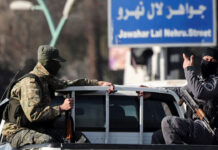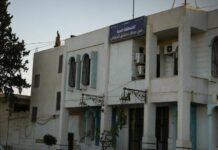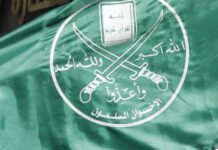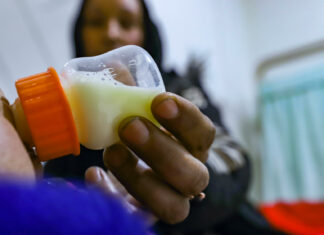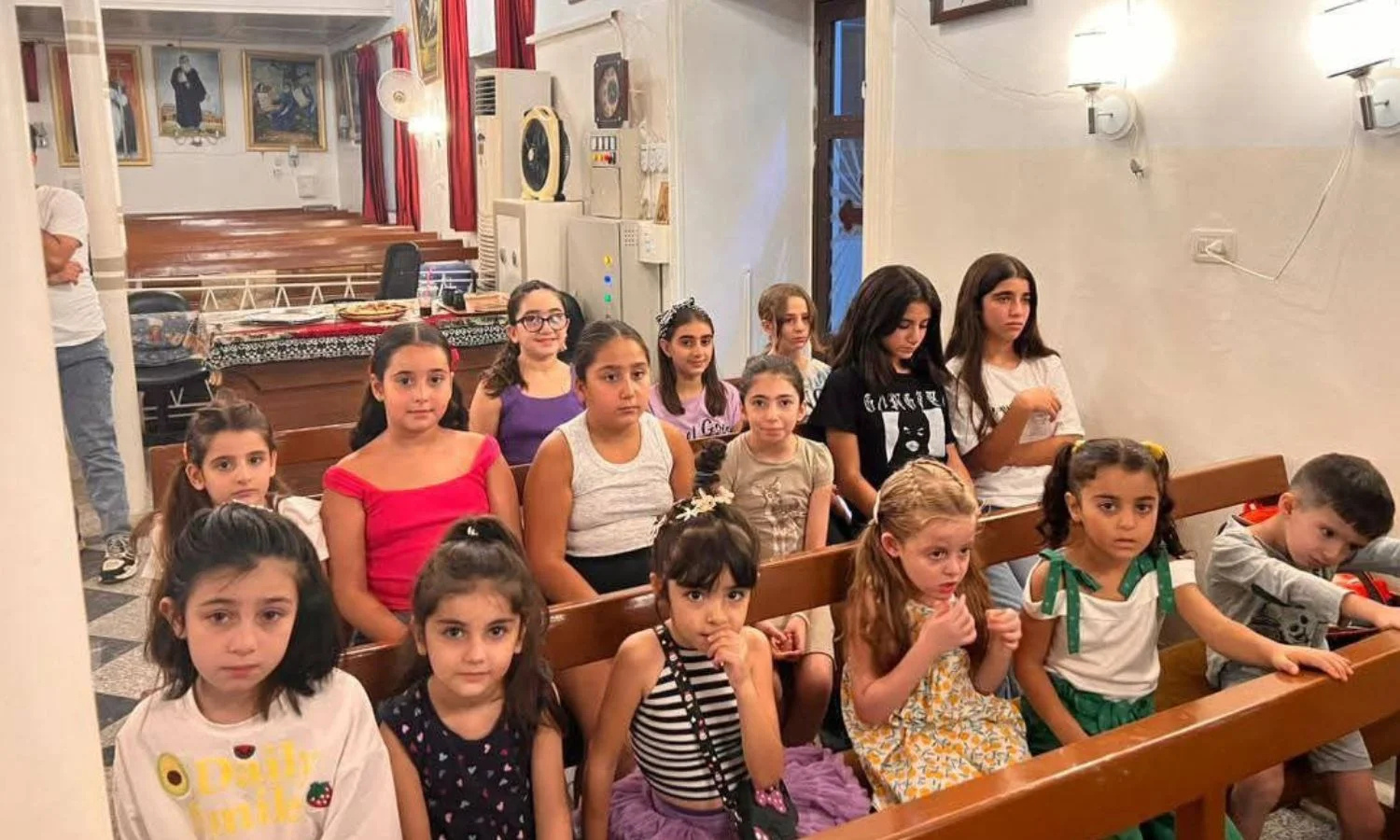
Christian communities across Syria are facing a complex mix of renewed inclusion and continuing challenges under the post-Assad transitional government led by President Ahmad al-Sharaa. While the government has emphasized unity and coexistence, church leaders say administrative disputes and security concerns still affect Christian institutions, particularly in the country’s northeast.
Church Schools Pressures in SDF-Controlled Hasakah
Patriarch Mar Ignatius Aphrem II, Patriarch of Antioch and All the East for the Syriac Orthodox Church, said that local authorities affiliated with the “Self-Administration” (AANES) in Hasakah closed Christian schools after the institutions refused to adopt new regional curricula. Speaking to Rudaw TV, the patriarch explained that “the schools currently run by the Church are closed, because members of the self-administration came and closed these schools, because the schools refused to comply with their request to adopt the (AANES) curriculum.”
He added that the Church remains committed to the Syrian government’s official curriculum to ensure students’ access to national universities. “It is important for us to be connected with the Ministry of Education in Damascus, as one state, as one country,” he said. However the area which is run by the Syrian Democratic Forces (SDF) have demanded their curriculum be used in place of the internationally recognized national program.
Bishop Mar Maurice Amsih, who oversees the Syriac Orthodox Diocese of Al-Jazira and the Euphrates, echoed the patriarch’s stance, confirming that 35 church-run schools are affected. He told Syria TV that “adherence to the national curriculum adopted in Damascus is a guarantee for the future of the students and the continuity of the legal license of the schools.” The bishop also accused local officials of expelling students and threatening to seize church property if the government curriculum continued to be used.
Presidential Outreach to Christian Leaders
In Damascus, President Sharaa conducted a series of visits aimed at reassuring Christian communities of their role in Syria’s future. Last month, October 26, he met with Greek Orthodox Patriarch John X Yazigi at the Mariamite Church in Old Damascus, where he viewed the historic “Muhammadan Covenant,” a document symbolizing the protection of Christians in early Islamic history.
The Syrian Presidency said the meeting reflected “the shared commitment to consolidating national values and strengthening cohesion among the people of the nation.” During his visit, Sharaa wrote in the church’s guest book a verse from the Quran praising Christian compassion, adding, “Damascus is the first example of coexistence known to humankind, and its continuation is a covenant, a pact, and a duty.” Earlier in August, Patriarch Yazigi met with Sharaa at the People’s Palace to discuss the church’s role in promoting unity.
Security and Coexistence
Security forces in Tartous and Homs recently foiled attempted attacks on churches and rescued abducted Christian civilians, according to the Interior Ministry. The Greek Orthodox Archdiocese of Akkar urged calm after tensions in Wadi al-Nasara, west of Homs, affirming support for the state’s efforts to preserve national stability.
Despite ongoing disputes over education and lingering insecurity, many church leaders describe the government’s engagement as a step toward restoring confidence. As Patriarch Yazigi told parishioners during a recent service in Damascus, “Our faith in the unity of this homeland remains steadfast, because coexistence is not a slogan, it is our shared history.”


